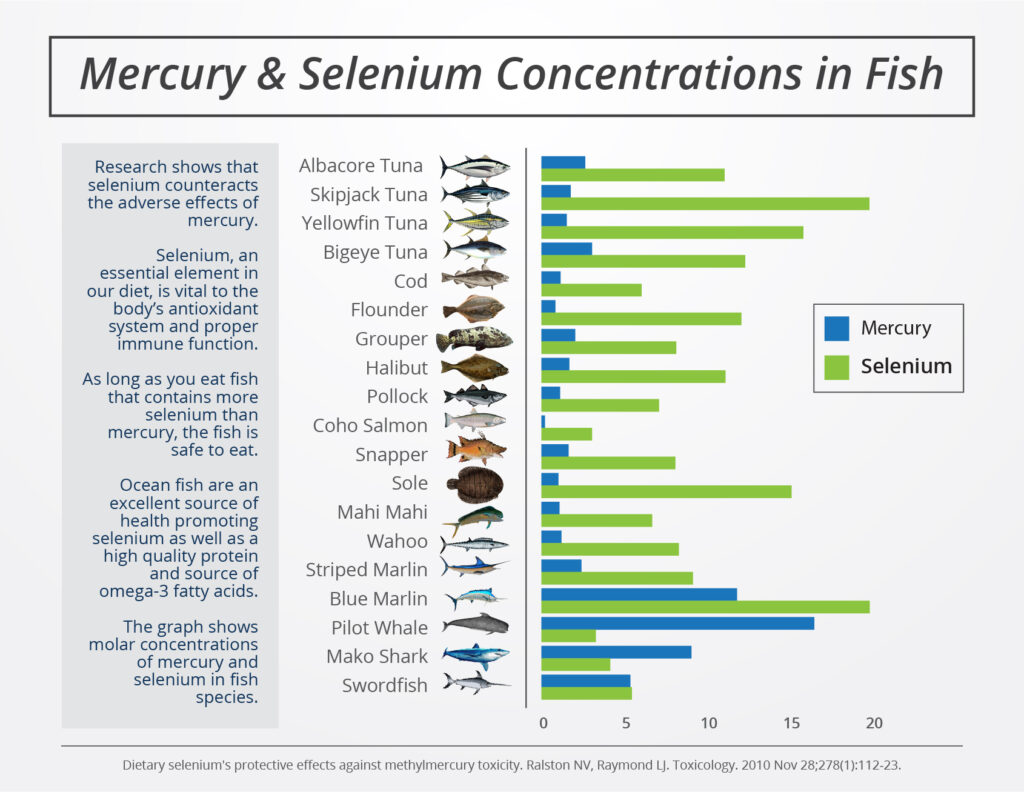Genetic Propensities | Environmental Detox

Environmental factors like pollution and smoking are unhealthy and incite hormonal and epigenetic changes. These factors are often referred to as epi-toxins and endocrine disruptors.
It is important to understand the body’s detoxification systems: Phase 1 and Phase 2.
Phase 1 → Converts fat-based molecules to water-based molecules;
Phase 2 → Flushes the molecules out of the body
Both systems must work effectively. Some toxins are the most dangerous as fat-based molecules, whereas, other toxins such as cigarette smoke cause the most damage as water-based molecules waiting to be flushed out.
Overall this section looks at sensitivity to several different categories including mold, histamine, pollution, heavy metals, and other general environmental toxins.
While many items in the section focus on areas to avoid or limit exposure, there is a balance between living in a bubble and being constantly exposed to environmental toxins, or stressors.
Understanding the effects of environmental toxins on the body, we can create an ideal space to recover after exposure. This allows the body to become anti-fragile; in other words, it becomes stronger after being exposed to stress.
Phase One Detox

WHAT THIS MEANS
Phase 1 is the first line of defense against toxins. Although ‘toxins’ have a negative connotation, they are necessary for bodily function.
Toxins include medications, supplements, and even things that are produced by an individual’s physiology.
Phase 1 changes toxins into a form that can be flushed out of an individual’s system.
Medication, anesthetic, acetaminophen, and NSAID metabolisms: Each individual has different breakdown speeds of various toxins depending on genetic propensity and epigenetic factors.
Estrogen Metabolism: This is a more complex breakdown compared to other toxins. There are multiple ways estrogen can break down; some more desirable than others. Genetics can predict this likelihood.
WHY THIS MATTERS
This first phase can convert toxins into benign forms but it also has the potential of creating an even more toxic product. Therefore, it is important to pay attention to both phase 1 and phase 2 detoxification pathways.
Medication, anesthetic, and NSAID metabolisms: Depending on breakdown speed, individuals can experience various forms of imbalance when there is storage of these toxins.
Understanding one’s propensity can provide insight into how the body responds to them.
Estrogen Metabolism: Understanding the propensity can indicate an area that may benefit from more precise measurement and support.
Methylation

WHAT THIS MEANS
Methylation is one of the most important processes in the body and plays a crucial part in epigenetics.
WHY THIS MATTERS
When methylation is out of balance, it causes systemic effects that can lead to undesirable outcomes. There are many variables to consider such as micronutrient levels and lifestyle factors.
Impactful micronutrients include B12, B6, and folate, whereas, important lifestyle factors include smoking and alcohol reduction, consistent exercise, and stress optimization.
Overmethylation symptoms include paranoia, self-mutilation, depression, artistic abilities, upper body pain, high pain threshold, excess body hair, hard time shutting mind off, food/chemical sensitivities, sleep disorder, anxiety, panic tendencies, and adverse reactions to antihistamines.
Undermethylation symptoms include obsessive-compulsive tendencies, perfectionism, high accomplishment, ritualistic behaviors, low tolerance for pain, addictive tendencies, self-motivated, competitive, social isolation, slender body composition, phobias, seasonal allergies, frequent headaches, and boldness.
Acetylation

WHAT THIS MEANS
Epigenetics changes the expression of genes based on the environment. Acetylation plays a crucial part in this process, and optimal balance rates desirable outcomes.
Acetylation is one of the most important processes in the body and it plays a significant role in detoxification. It works to help detoxify histamines, tobacco smoke, exhaust fumes, and medications.
WHY THIS MATTERS
Proper acetylation contributes to optimal organ function and protects against long-term imbalances.
Glutathione System

WHAT THIS MEANS
Phase 2 detoxification systems are responsible for eliminating toxins from the body. Glutathione is one of the most important systems of the phase 2 detoxification process.
It is the master antioxidant and is generally responsible for reducing inflammation.
While many people focus on taking antioxidants, this may not be the best option for optimizing the body.
Focusing on enhancing the glutathione system will allow the body to manage inflammation more efficiently.
WHY THIS MATTERS
In addition to inflammation management, glutathione boosts immune function, enhances mitochondrial function, repairs DNA, and detoxifies heavy metals, medications, environmental toxins, and pollutants.
Mitochondria

WHAT THIS MEANS
The mitochondria are classically viewed as the batteries of our cells. They produce the energy required for cell function.
Many opportunities for enhancements are either directly or indirectly related to mitochondria; health experts have increasingly focused on maximizing mitochondrial health to optimize the human system.
WHY THIS MATTERS
Because of energy production, the mitochondria produce free radicals. Free radicals are typically understood as unstable atoms that can damage cells, causing illness and aging.
This is not completely accurate as some free radicals are essential and beneficial. Therefore, it is important to maintain balance and homeostasis in the body.
Mold Sensitivity

WHAT THIS MEANS
It is estimated that nearly 25% of the population carries genetics that predispose to decreased mold detoxification. Often genetic variants correspond to decreased production of the antibodies that eliminate mold toxins. This can lead to chronic inflammation and overall diminished wellness.
There are two factors to consider when determining the need for support: level and duration of exposure and genetics of the detoxification system.
WHY THIS MATTERS
When it comes to mold, consider that according to the Environmental Protection Agency [EPA] Building Assessment Survey and Evaluation (BASE) study, 45% of U.S. buildings have current/ongoing water damage and 85% have past water damage.
This is a ripe breeding ground for mold. Symptoms can include chronic headache, fatigue, dizziness, memory problems/brain fog, muscle aches, cough, and shortness of breath.
Lyme Intensity

WHAT THIS MEANS
Lyme is a disease transmitted by ticks. There are two different variations of Lyme disease; acute and chronic. Acute infection is the immediate reaction after exposure to Lyme.
It is well documented, and early treatment is important. Chronic Lyme disease is a bit more complicated and can be difficult to diagnose.
WHY THIS MATTERS
Antibody tests are available, however, they only confirm past infection. The diagnosis of chronic Lyme disease is based primarily on symptoms.
These symptoms can include chronic fatigue, headache, muscle and joint aches, memory loss /other cognitive impairments, numbness/tingling, and gastrointestinal symptoms.
Chronic Lyme disease is becoming a significant issue and several genetic variants predispose individuals to more significant health issues.
Envirotoxin Sensitivity

WHAT THIS MEANS
The consequence of living in an industrialized world is exposure to new toxins created by society. Many of these envirotoxins can significantly alter gene expression if they aren’t adequately detoxified.
Genetic propensities indicate the inflammatory response after exposure to endotoxins.
WHY THIS MATTERS
These toxins can cause chronic disruptions and can even lead to disruptions of genetic expressions in our children and subsequent generations.
It is impossible to avoid exposure to these chemicals so it is essential to make sure our defense systems are optimized to manage and process exposure.
Histamine Sensitivity

WHAT THIS MEANS
Histamines are a compound the body uses to signal that it is under attack, and is a natural part of our defense system. Histamines come from the environment and are also produced in our own gut.
WHY THIS MATTERS
Histamines are responsible for sneezing, itching, hives, rashes, stuffy nose, etc. These all sound unpleasant but they have a purpose. This system, like every system in the body, requires balance. This means that it is good to have the response but we also need to be able to control it and turn it off when it is no longer needed.
Heavy Metals

WHAT THIS MEANS
Genetics predispose the likely health impact of heavy metals such as lead, arsenic, cadmium, chromium, and mercury. All heavy metals are processed similarly, however, mercury is the most encountered.
Overall Heavy Metal Processing: Heavy metal processing is how fast your body absorbs and eliminates heavy metals.
Inorganic Metal Processing: Inorganic mercury exposure comes from inhaled environmental pollutants, food, dental amalgams, vaccinations, and even supplements. Some Ayurvedic herbs have significant heavy metal contamination. Ayurveda is the traditional Hindu system of medicine; it is based on the idea of balance in the body and uses diet, herbal treatment, and yogic breathing.
Organic Metal Processing: Organic metal is the form found in nature; individuals are principally exposed to through fish consumption.
Heavy Metal Health Impact: Certain gene variants can predispose an individual to significant impact from even low levels of exposure. Studies have demonstrated that this may be related to genetics; gene variants provide a picture of how heavy metal ingestion affects overall health.
Heavy metal effects impact each individual differently due to variations in the distribution, metabolism, and elimination.
WHY THIS MATTERS
Overall/Inorganic/Organic Metal Processing: Low processing can contribute to a build-up of heavy metals in the system and create non-desirable health impacts.
Heavy Metal Health Impact: Heavy metals can affect many body systems including the brain & nervous system, heart, and kidneys. There are impacts on reproductive and endocrine function. It can induce or exacerbate autoimmune disease and neurologic risks in the perinatal and early childhood period can lead to cognitive and behavioral changes.
Although all forms of heavy metals have adverse effects on human health at high doses, the evidence suggests low level of exposure may potentially lead to significant outcomes.
Mercury | Seafood Consumption

Fish consumption is one of the more robustly discussed topics as it represents the greatest source of exposure to organic mercury. This information by itself may prompt people to avoid fish yet it is only part of the story. The truth is that fish is healthy; it is full of omega-3 fats.
Most fish contain a high ratio of selenium to mercury. This ratio is much more important than the absolute mercury content because selenium essentially makes mercury nonreactive. Recent evidence suggests a major contributor of mercury symptoms may be due to selenium deficiency. Consuming fish with a higher level of selenium than mercury is safe and healthy. Listed below are the average ratios for many common fish.




